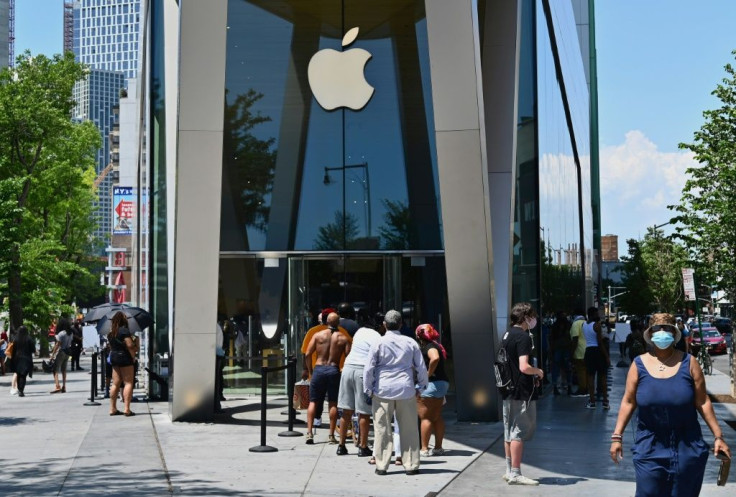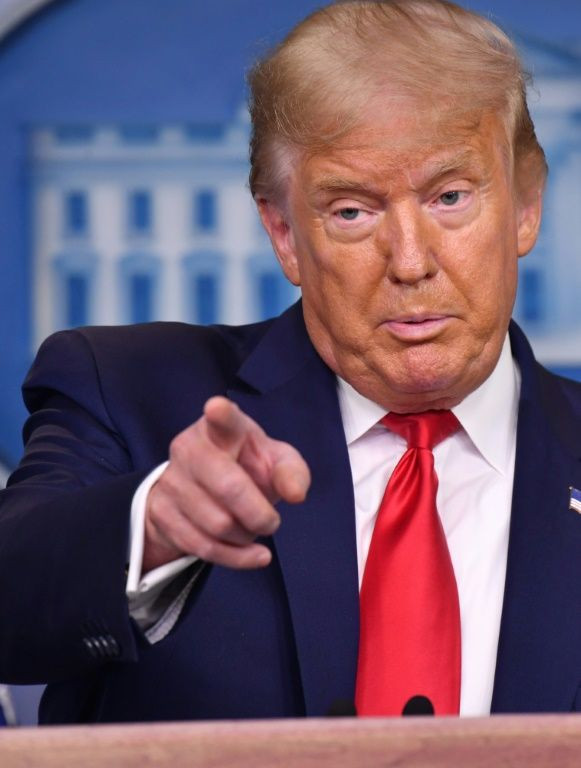US Retail Sales, Industrial Output Post Modest Gains
The US economy continues to regain ground as the coronavirus crisis drags on, with retailers and manufacturing posting gains, but new data Friday show progress is slowing and the recovery is in doubt amid a political stalemate over a new aid package.
"We're coming back very strong. We should have a very good third quarter" and an "unbelievably good" next year, President Donald Trump told reporters Friday when asked about the industrial production increase in July.
But he remained steadfast in opposing a spending package that would include help for ailing cities and states.
"They want $1 trillion to go to their friends doing a bad job running certain cities and states that are doing very badly," Trump said, adding that Democrats are to blame for the impasse.
Economists warn that the massive aid deal approved by Congress in late March, including expanded federal unemployment benefits, has supported the economy in recent weeks but that could change if the expiring programs are not replaced.
"Our 'friends' in Washington seem to be doing everything possible to kill the recovery," economist Joel Naroff said in an analysis.

He said it was the government's "welfare programs that have supported household and business spending. With the Senate on vacation... the funds flowing to unemployed workers and supporting businesses are disappearing."
US retail sales increased 1.2 percent last month compared to June, a more modest rise than economists had been expecting, held down by a decline in auto sales, according to government data released Friday.
It was the third straight increase after the 8.4 percent increase in June, and the gain puts sales 2.7 percent higher than the same month of 2019, the Commerce Department reported.
But for the first seven months of the year, a large part of it spent under coronavirus lockdowns, sales were 2.1 percent lower as compared to the same period of last year.
While the July data bode well for the third quarter, Diane Swonk, chief economist at Grant Thornton, warned that the final three months of the year could see a slowdown -- especially if the fall brings a new wave of COVID-19 infections.
"Our greatest concern is the fourth quarter, the most important time of the year for retailers. Halloween is the second largest holiday next to Christmas for consumer spending," she said.

Naroff warned, "Don't be surprised if there is a weakening not only in consumer demand but in hiring as well."
Consumers are likely to become more cautious in the absence of a deal between Congress and Trump's economic team -- and the recent rhetoric does not bode well for an agreement.
The University of Michigan consumer sentiment index showed confidence was flat in early August compared to July.
But the report said: "The overall confidence in economic policies fell to the lowest level since Trump first entered office. The policy gridlock has acted to increase uncertainty."
Industrial production rose 3.0 percent in July, the third monthly increase but a slower gain than in June, the Federal Reserve said Friday.
Output rose in all major sectors, including a 3.4 percent increase in manufacturing.
However, after dramatic declines in March and April as the coronavirus crisis took hold in the US, total output remains more than eight percent below July 2019, while manufacturing is down by 7.7 percent.
The largest gain in July -- 28.3 percent -- was in motor vehicles and parts.
In contrast, the retail sales report showed auto sales fell 1.3 percent compared to June. Excluding that decline, total retail sales rose 1.9 percent, according to the data.
© Copyright AFP 2024. All rights reserved.





















